A pit stop in Formula One may, on average, take no more than a little over 2sec. But those 2sec can well make the difference between victory and defeat. Get it right and you come out looking a hero, get it wrong and you could end up throwing away even a sure-shot triumph.
That is why Formula One teams devote a lot of time, resources and brainpower into timing those 2sec of a 90-minute race just right.
What do they devote all of this to? The black art of race strategy.
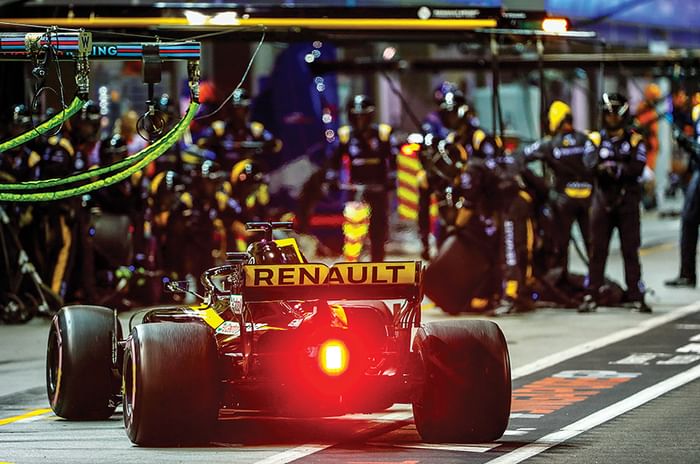
Formula One races have always been a dynamic, high-speed game of chess. Having the fastest car doesn’t guarantee victory. Being the fastest in the race does.
Michael Schumacher wasn’t in the quickest car when he won the 1998 Hungarian Grand Prix. But a combination of sheer speed unleashed at the right time and a clever strategy masterminded by the then-technical director of Ferrari, Ross Brawn, allowed him to prevail against the might of the dominant McLaren rivals.
There are many more such examples of race strategy shaping the outcome of races. Perhaps today, with overtaking made so difficult, it plays a larger role in determining the final result.
It’s no wonder then that it is so meticulously built up. What may seem like a split-second decision, the “box, box, box” call a driver gets asking him to pit, is often only the final step in a process that begins months in advance of a race.
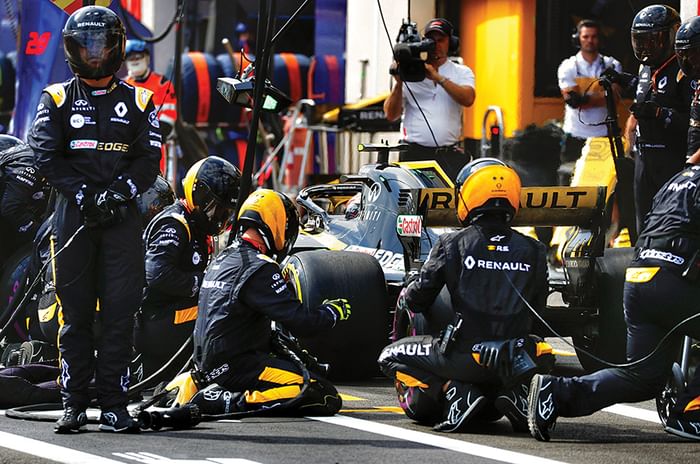
“Strategy doesn’t ever, ever become a snap decision,” says Alan Permane, Renault F1 Team sporting director, whose responsibility is to make those split-second decisions on the pit wall during a race.
“Yes, there are decisions to make in split seconds but we’ve got a lot of information we’ve been working on for previous days and weeks.”
The first building blocks of a strategy for a particular race are actually laid down a few months before the lights go out.
The strategic groundwork for October’s Japanese Grand Prix, for instance, was laid down as early as June. It began with selecting what tyres to bring to the weekend.
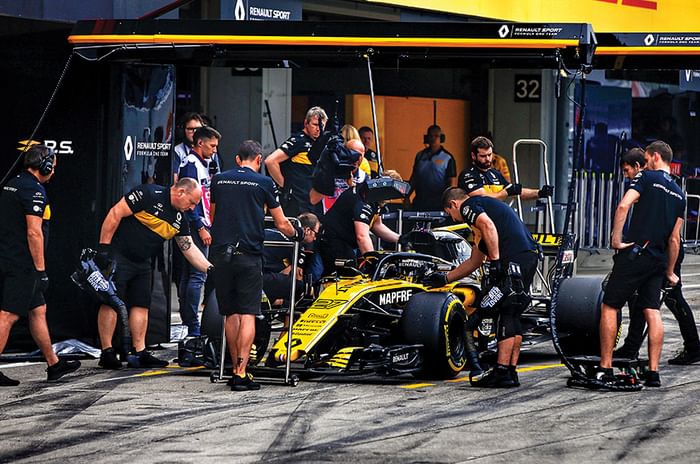
Formula One tyre supplier Pirelli brings three types of dry weather tyres to every race. Each driver gets 13 sets to use over a race weekend.
Two sets of race tyres and one for the last section of qualifying are nominated by Pirelli, but the teams are free to choose the compound of the remaining 10.
Each car uses its tyres differently. As a result, some teams opt for a more aggressive approach, favouring the faster, but less durable softer tyres in the range Pirelli brings to a race. Others opt for a more conservative strategy skewing their selections toward the harder tyres in the range.
Pirelli took medium, soft and supersoft tyres to Japan, last season. Renault allocated Nico Hülkenberg and Carlos Sainz only one and two sets of the medium tyres, respectively. However, selecting eight sets of the grippy supersoft compound for each of the drivers skewed their selection more toward the softer end of the range.
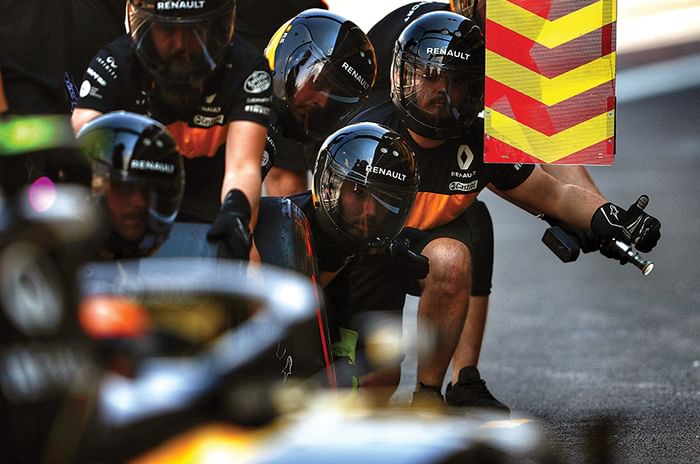
In contrast, engine customer McLaren opted for only four sets of supersoft tyres for drivers Fernando Alonso and Stoffel Vandoorne, choosing four sets each of the medium tyres, instead.
“There’s a very reasoned timeline against which we are working,” said Renault F1 Team’s head of race strategy, Matthieu Dubois.
“The (tyre selections) start to cast the weekend a little bit because depending on whether you want to cover one solution or different solutions, you can opt for different possible formats. So the weekend really starts here,” he said.
Then, a week before the race, the team meets once again to gather their thoughts. “We revisit the situation with what we expect in terms of tyre degradation, in terms of fuel consumption, in terms of competitiveness as well, in terms of what we want to achieve from a championship perspective,” Dubois explained further.

“The weather forecast starts to become a little bit clearer. We try to find what the keys of the weekend are going to be – what we want to double-check, things like that.”
Teams take a multitude of factors into account while building their strategy predictions for a weekend, factors including (but not limited to) historical knowledge of a track, the raw pace of their car, the way it uses its tyres, fuel consumption, weather and probability of safety cars.
As the races go by and more and more data about the car and tyres is gathered, a much clearer picture begins to emerge.
“It’s a little bit of a mix from modelling and experience and when we have more data points we try to make the model correlate better,” Dubois explained, ahead of the Japanese Grand Prix.
“Basically, two months ago, we had fewer races than we have now on these tyres,” he said. “Once we are closer to the event, we revisit our calculations, our models, with the new races we have as past data. Then we try to make the model and predictions better as we get closer to the event.”
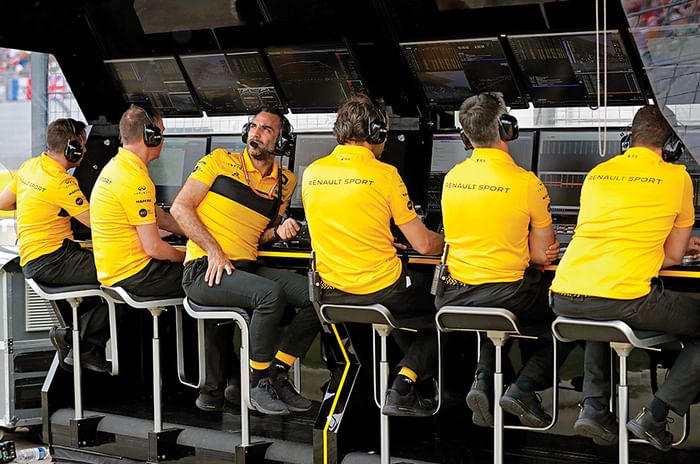
The first chance for a team to test its strategy simulations is Friday practice. With refuelling now banned, strategy is built around tyre degradation. The three hours of practice on Friday is when teams, through a combination of low-fuel ‘short runs’ and high-fuel ‘long runs’, gauge the behaviour of their tyres.
The winning combination usually hits the sweet spot between being quick over a single qualifying-style lap, but still being able to eke enough out of the tyres to lap at a reasonably rapid and consistent pace over a race distance.
After all, what’s the point of having the fastest car over a single lap if it is going to chew through its tyres in the race?
“On Friday we start running (the selected) tyres on the car,” explained Permane. “We do short runs with low fuel in to see the pace difference between them, we do long runs with lots of fuel in to see how they perform in race conditions.
“From that we’re building more of a strategy picture,” he said. “Then of course we have Saturday and qualifying and from our positions on the grid, we can then start to build the final pieces of the strategy. And then we go into the race with a plan of what we’re going to do – we’re going to start on this tyre, we’re going to stop on this lap and put this tyre on.”
Teams may well go into a race with a plan but there is also a certain degree of flexibility they need to build into their strategy.

The weather could change, a lightning start by your driver could well mean you’re racing cars you didn’t expect to race; or a well-timed safety car could well swing the race in your favour, as it happened in China in the last season when Red Bull’s Daniel Ricciardo dove into the pits, fitted a fresh set of tyres and scythed through the field to victory.
A clever, flexible strategy capitalises on such opportunities.
“We have expectations and previous experience, but we don’t actually know what’s going to happen,” said Permane. “So we need to, in real time, keep updating our strategy and working out what we’re going to do.”
Permane makes it sound easier than it is; but it is extremely difficult to keep track of all the variables that inevitably pop up as the race evolves.
Helping Renault do this is a group of people back at the team’s Enstone headquarters, ensconced thousands of miles away from the racetrack in a NASA-styled ‘mission control’ room.
They have access to the same data in real-time as the team at the track. Their job is to keep an eye on rivals, study data like their GPS traces, monitor radio transmissions and compute strategic outcomes.
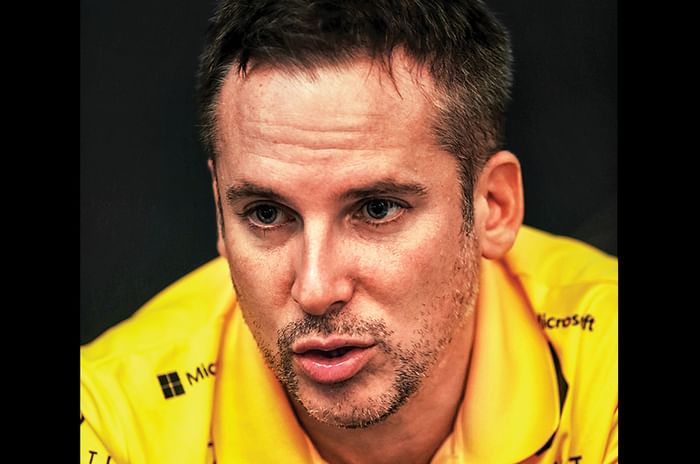
They are in constant touch with the team via radio and inform strategic decision-making on the pit wall – which is still where the final call is made.
“They will give us prompt information without us having to ask for it,” said Permane. “They can update things in the software as the runs go on, as we get information on other people.”
“So, for example, if we start on Tyre A and someone else is running Tyre B, we will get the information from the other team to feed back into our programme to predict what we should do.”
“So the people at the base, they have all the same information, they have all the same tools we have here. They’re just not here (at the race).”
The proliferation of such mission controls underlines how much teams’ strategy operations have grown. Today the cars are packed with sensors logging all manner
of data. A team would be remiss not to parse every micro-ounce of this data for a competitive advantage, including in the realm of race strategy.
Every time Nico Hülkenberg or new recruit Daniel Ricciardo complete a lap of any racetrack, Renault’s strategy simulation computers will generate 90,000 race outcome possibilities from the data beamed back to them.
It takes a Grand Prix car an average of about 1min 30sec to complete a lap of most circuits. Such is the computing power brought to bear on strategy calculations in modern day Formula One.
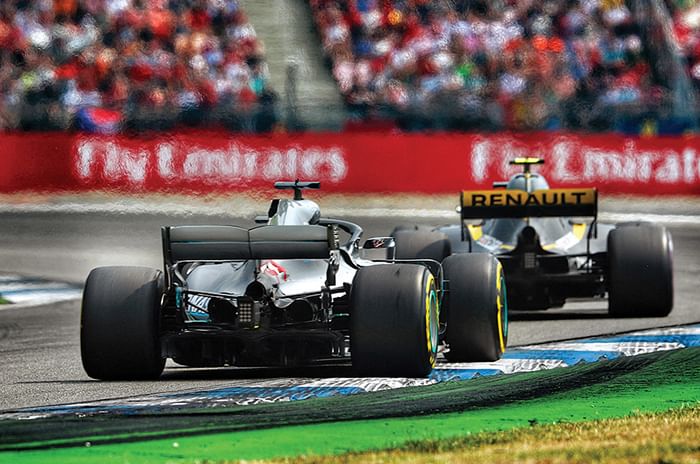
“As everything else in Formula One, it’s grown in size, the strategy, the techniques, the analysis,” said Dubois, who worked as a strategy engineer for Renault from 2008 to 2012 before moving to the engine department and eventually returning as head of strategy at the 2017 Singapore Grand Prix.
“We have a lot more data than we had at the time. In 2008 or 2009 it was the very beginning of GPS. Now everyone has it.”
“You have access to the driver to pit and pit to driver radio of everyone live. So, there’s a lot more observation between the competitors if you like,” he says. “The size of the team, of the strategy group has grown. Ten years back, let’s say, I was doing this almost by myself. Now we’re a group of five people operating the strategy.”
But have strategists today become too reliant on computers at the cost of good, old-fashioned gut feel?
Mercedes lost the Australian Grand Prix to Ferrari last year because their simulations told them Lewis Hamilton could pit under the virtual safety car and still keep the race lead. The computers were wrong, throwing away an easy win for Hamilton and handing it to Ferrari rival Sebastian Vettel, instead.
“That’s why sometimes it’s important to not look at the computer too much but also try to take a back seat and look at the big picture,” said Dubois. “The GPS is a fantastic tool but sometimes you need to make sure you still keep track of what is going to happen or what you think is going to happen at the chequered flag – because at the end, it’s all that matters.”
Also see:
Special feature: Around the world in a cargo container - Renault & Formula One
Special feature: In Pursuit of Victory - Renault & Formula One





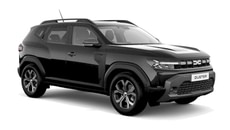

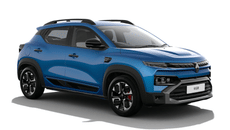
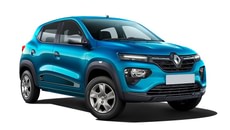
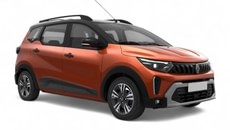
.jpg?w=234&h=156&q=90&c=1)



.jpg?w=234&h=156&q=90&c=1)


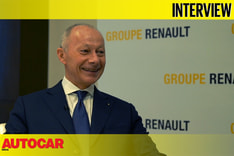


Comments
Member Login
Personal Details
No comments yet. Be the first to comment.